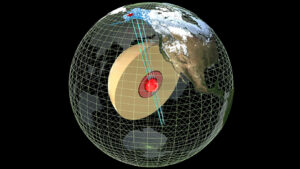Astronomers’ Estimates of Star Formation Rate in the Milky Way Revised Upward
Astronomers have discovered that the Milky Way is producing far more stars than previously estimated. The new estimate of the Milky Way’s star formation rate is based on gamma rays emitted from aluminum-26, a radioactive isotope that primarily arises from massive stars. Researchers found that the Milky Way is converting four to eight solar masses of interstellar gas and dust into new stars each year, which is two to four times higher than the conventional estimate. This corresponds to an annual birthrate of about 10 to 20 stars, given that most stars are less massive than the sun.
At this rate, the Milky Way generates 10 million to 20 million new stars every million years, which is enough to fill about 10,000 star clusters like the Pleiades cluster. The revised estimate of the star formation rate is crucial in understanding galaxy evolution. The more stars a galaxy produces, the faster it enriches itself with oxygen, iron, and other elements that stars create. These elements can alter gas clouds that create stars, changing the relative number of large and small stars they form.
The study analyzed the observed intensity and spatial distribution of emission from aluminum-26 in the Milky Way. The researchers found that the best match with the observations is a star formation rate of four to eight solar masses per year, which is much higher than the standard estimate of two solar masses per year. The revised rate is very realistic, according to astronomer Pavel Kroupa, who was not involved in the study.
Although the gamma rays may have traveled some distance before reaching us, the revised estimate of the Milky Way’s star formation rate indicates that it is the most vigorous star creator in the Local Group, a collection of over 100 nearby galaxies. The next largest galaxy in the Local Group, Andromeda, converts only a fraction of a solar mass of gas and dust into new stars each year.

